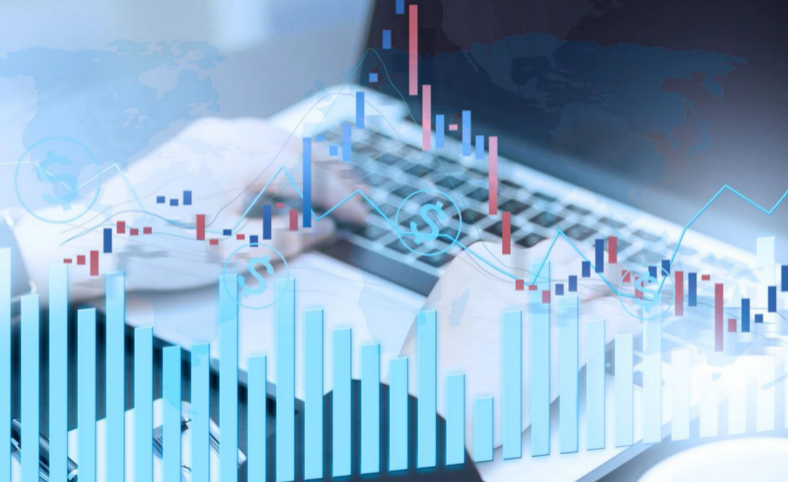The global demographic landscape is undergoing significant transformations, with profound implications for pension systems worldwide. As birth rates decline and life expectancy increases, the ratio of retirees to working-age population is shifting, presenting both challenges and opportunities for public and private pension schemes. This article explores how these demographic shifts are impacting pension systems and what future trends might influence retirement security.

Current Demographic Trends Affecting Pension Systems
The most striking demographic trend affecting pension systems today is the aging population. Countries like Japan, Italy, and Germany are witnessing a significant increase in the proportion of elderly citizens, a result of better healthcare and lower fertility rates. This shift means fewer workers are contributing to pension systems, while more retirees are drawing benefits, creating financial strains on these systems.
Another related trend is the changing nature of work, with gig economy jobs and contract positions becoming more common. These employment types often do not offer the same pension benefits as traditional full-time jobs, leading to a potential future where many workers might face retirement without adequate financial security.
In response, some countries have started to reform their pension systems. For instance, France and Spain have been working on gradual increases in the retirement age and adjustments to the benefits calculation to ensure the long-term viability of their public pension funds.

Impact on Private Pension Plans
Private pension plans are also feeling the effects of demographic shifts. With a smaller workforce, the growth of assets under management can slow down, affecting the returns expected by retirees. Moreover, as people live longer, the payouts from these plans need to last additional years, requiring better management and more robust funding strategies.
Employers are increasingly shifting from defined benefit plans, which promise a specific payment upon retirement, to defined contribution plans, where the payout depends on the amount contributed and the performance of the investment. This shift transfers the risk from the employer to the employee, who must be more proactive in managing their retirement savings.

Future Predictions: Adapting to a New Reality
Looking ahead, pension systems must adapt to continue providing retirement security. One potential trend is the increasing integration of technology in managing pension funds. Technologies such as AI and big data can help pension funds better predict longevity risks, optimize investment strategies, and personalize retirement planning for individuals.
Additionally, there is a growing emphasis on financial literacy to empower individuals to take charge of their retirement planning. More knowledge about saving, investing, and planning for retirement can help mitigate the risks posed by the changing demographic and employment landscapes.
Conclusion
The demographic shifts challenging pension systems globally necessitate innovative solutions and reforms. Whether through policy adjustments, technological integration, or enhanced financial education, the goal remains clear: to ensure that the aging population can enjoy a secure and dignified retirement. As we navigate these changes, the resilience and adaptability of pension systems will be crucial in shaping the future of retirement.




